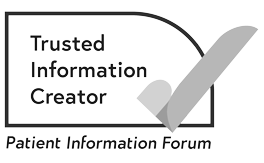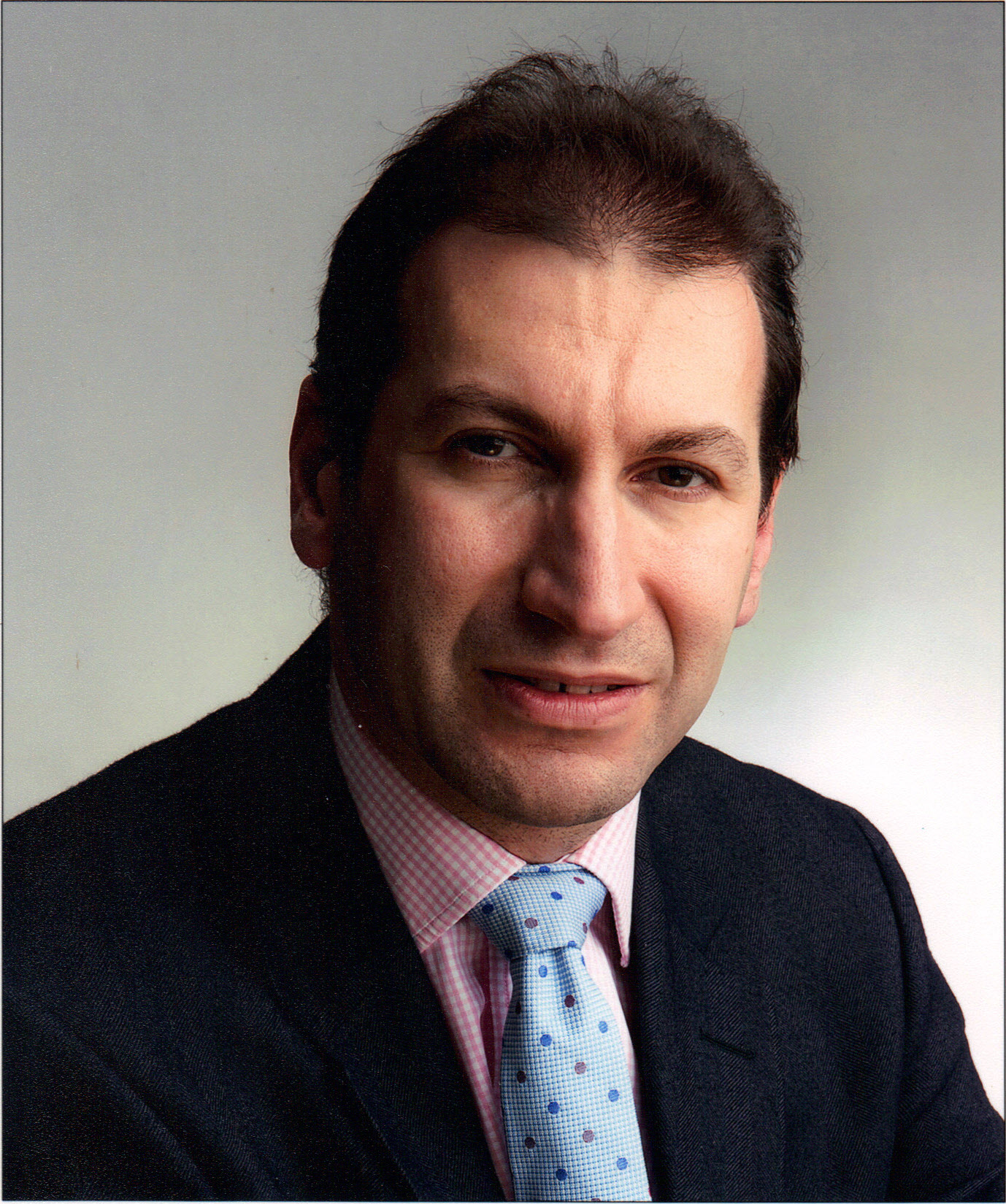Surgery for gallbladder cancer
You may have surgery to remove the gallbladder. If the cancer has spread outside the gallbladder, you may have a larger operation called a radical cholecystectomy.
About surgery for gallbladder cancer
Your doctor will refer you to a specialist liver and gallbladder surgeon if:
- tests show you may have gallbladder cancer
- cancer has been found by chance during surgery.
If the gallbladder cancer is at an early stage, the aim of treatment is usually to cure it. You may only need to have surgery to remove the gallbladder. This is called a cholecystectomy.
Most people need to have a larger operation called a radical cholecystectomy.
You doctor or nurse will explain what to expect and how to prepare. We have information about preparing for surgery.
Related pages
When cancer is found during gallbladder surgery
Sometimes gallbladder cancer is found during surgery to remove the gallbladder because of gallstones. If this happens, you might need further surgery to try to make sure all the cancer has been removed.
If cancer is found during keyhole surgery to remove the gallbladder (laparoscopic cholecystectomy), the surgeon will stop the operation. You will then be referred to a doctor who is a gallbladder cancer specialist.
Radical cholecystectomy
In this operation, the surgeon removes:
- the gallbladder
- part of the liver
- some lymph nodes.
If the tumour has grown through the gallbladder wall and into a nearby organ, the surgeon may remove all or part of this organ as well.
After your operation, you will stay in an intensive care ward for 1 to 2 days. You will then be moved to a general hospital ward until you recover. Most people need to be in hospital for about 7 to 10 days after the operation.
Related pages
After surgery to remove your gallbladder
After the gallbladder has been removed, some people have problems with:
- bloating
- wind
- diarrhoea.
These problems usually improve within a few weeks. Tell your doctor or nurse if you have any of these problems. They can give you advice and medicines to help.
We have more information about coping with bladder and bowel problems. Your doctor and nurse will be able to tell you more about the operation and what to expect afterwards.
About our information
This information has been written, revised and edited by Macmillan Cancer Support’s Cancer Information Development team. It has been reviewed by expert medical and health professionals and people living with cancer.
-
References
Below is a sample of the sources used in our gallbladder cancer information. If you would like more information about the sources we use, please contact us at informationproductionteam@macmillan.org.uk
Vogel, A. et al. Biliary tract cancer: ESMO Clinical Practice Guideline for diagnosis, treatment and follow-up. ESMO Annals of Oncology. 2022. 34,2; 127-140. Available at: pubmed.ncbi.nlm.nih.gov/36372281/ [accessed March 2023]
Fox, E. Gallbladder Cancer. Medscape. Available at: emedicine.medscape.com/article/278641-overview?form=fpf [accessed April 2023]
Mehrotra, B. Gallbladder cancer: Epidemiology, risk factors, clinical features, and diagnosis. UpToDate. 2022. www.uptodate.com/contents/gallbladder-cancer-epidemiology-risk-factors-clinical-features-and-diagnosis [subscription only; accessed March 2023]
Date reviewed

Our cancer information meets the PIF TICK quality mark.
This means it is easy to use, up-to-date and based on the latest evidence. Learn more about how we produce our information.
The language we use
We want everyone affected by cancer to feel our information is written for them.
We want our information to be as clear as possible. To do this, we try to:
- use plain English
- explain medical words
- use short sentences
- use illustrations to explain text
- structure the information clearly
- make sure important points are clear.
We use gender-inclusive language and talk to our readers as ‘you’ so that everyone feels included. Where clinically necessary we use the terms ‘men’ and ‘women’ or ‘male’ and ‘female’. For example, we do so when talking about parts of the body or mentioning statistics or research about who is affected.
You can read more about how we produce our information here.





